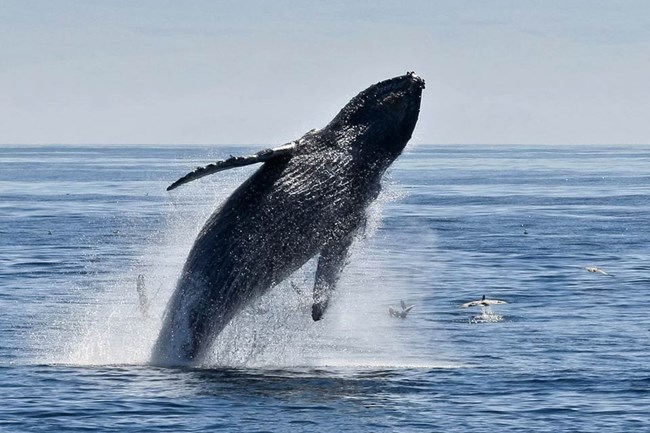
This diversity of cetacean species offers a great opportunity to whale watch year-round. The most common sightings are of gray whales from mid- to late-December through mid-March, blue and humpback whales during the summer, and common dolphins throughout the entire year. Whales and dolphins can be seen either from shore or from a boat. The best shore viewing is from a high spot on a point that juts out into the ocean. Some examples include Point Dume in Malibu, the Palos Verdes Peninsula near Los Angeles, and Point Loma in San Diego. The park visitor center has a tower with telescopes, which can be used for whale watching as well as island viewing. Watching in the early morning hours, before the wind causes whitecaps on the water's surface, will provide you with the best opportunity to see whales from shore. Closer viewing of whales is possible from public whale watching boats or private boats. Whales have been known to approach boats quite closely. Under the Marine Mammal Protection Act, boaters must stay at least 100 yards from whales unless the whale chooses to approach the boat. Many whales are on the endangered species list and should be treated with special care. All whales are protected by the Marine Mammal Protection Act; it is illegal to disturb or harm any marine mammal. Boaters who use private craft to watch whales must remember to stay at least 100 yards away from whales. Boaters who frighten or interrupt the whales' activities by approaching too close could drive the whales away from food or young calves. Please remember that whales are wild animals and can be unpredictable. We need to continue to explore the world of whales and dolphins. The well-being of the cetacean population is a good indication of the health of the ecosystem. Our ability to bring these species into the next century and beyond is an indication of the future of life on this planet. Every day we learn more about these mysterious and unique creatures that dwell beneath the water, yet rise above it to breathe. Whale Habits Spouts 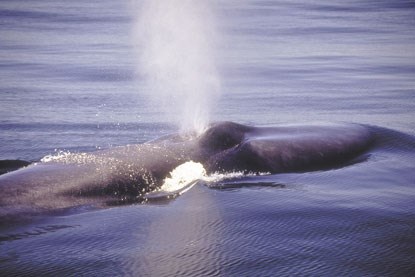
Brad Sillasen Breaching 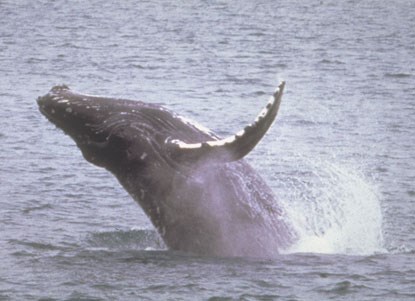
An NPS Photo Diving Footprints 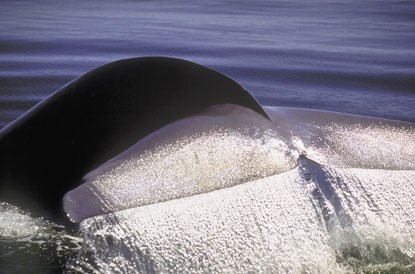
Brad Sillasen Spyhopping 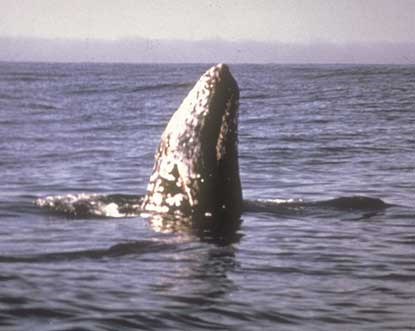
An NPS Photo |
Last updated: May 26, 2016
